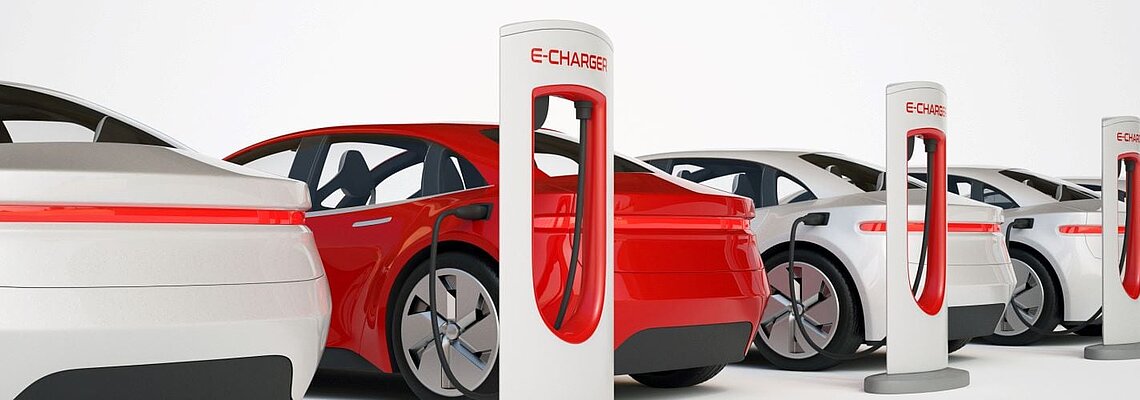
Electrical Vehicle Charging Stations are also known as EVSE (Electrical Vehicle Supply Equipment). There are different charging levels, but they typically mean either level 2 or level 3 devices when people refer to charging stations. Today, we will focus on level 2 devices.
Level 2 Charger locations
A level 2 EVSE is typically installed in front of a hotel or a restaurant’s parking lot. They are relatively small boxes with a single or dual cord set hanging to their side and a small yet sophisticated display for access or billing purposes. The power level of these level 2 EVSE's is equivalent to that of a heavy dryer and runs on a similar power supply circuit.
The term “charger” for a level 2 EVSE is somewhat misleading because the actual electronic charging portion is situated on the vehicle itself. The EVSE serves as a gateway or a door opener. Utilities provide alternating current (AC) to every residency or building in the country. However, an electric vehicle’s (EV) onboard energy supply is based on battery power. The battery’s chemical reaction produces plain direct current (DC). When a vehicle connects to an EVSE, an identification process is initialized, and the proper connection to the car is verified. After the secure connection is established, the charging station will inform the vehicle how much power can be safely drawn from this location. Once the car has that information, it will obtain AC power from the EVSE and convert it via its onboard charger to DC, fed to the battery. Depending on the size of the onboard charger, battery size, level of depletion, and the available power at the EVSE, this process may take a few hours. The EVSE’s gatekeeper functions include a ground-fault check circuit that ensures the operator does not get electrocuted during the charging process. When passing such an EVSE, it cannot go unnoticed that the cables are hanging loosely next to the station or coiled up on the dirty ground. All of that is exposed to the elements and is also affected by aging, and in some cases, by vandalism. Like a hairdryer with an incorporated GFCI (Ground-Fault Circuit Interrupter), the EVSE contains a CCID5 or CCID20. These are Charge Current Interrupting Devices fulfilling a safety function much like a GFCI, should an electrically hazardous situation arise.
To summarize
- The level 2 EVSE is more of a gatekeeper than a charger
- The EVSE supplies AC power
- The cars onboard DC charger converts AC to usable DC
- The power flow goes as follows: Utility power AC -> EVSE (Gateway) (AC) -> EV connector (AC) -> Onboard charger (convert to DC) -> Battery
- The EVSE provides intelligence, circuit monitoring, billing, access, etc.
- Charge time usually several hours
- The level 2 AC charger/gatekeeper is an intermediate solution for home and business charging that can refill your battery in a matter of hours. It is not suited for a quick 10-20-minute top-off.
For more information about this application or to learn more about Bender technology related to your specific application, contact our team of experts.
This article is for informational purposes only. Bender provides the information "as is" without warranty and is not responsible for its accuracy or reliability. No warranties are given regarding its suitability for any specific circumstances.




